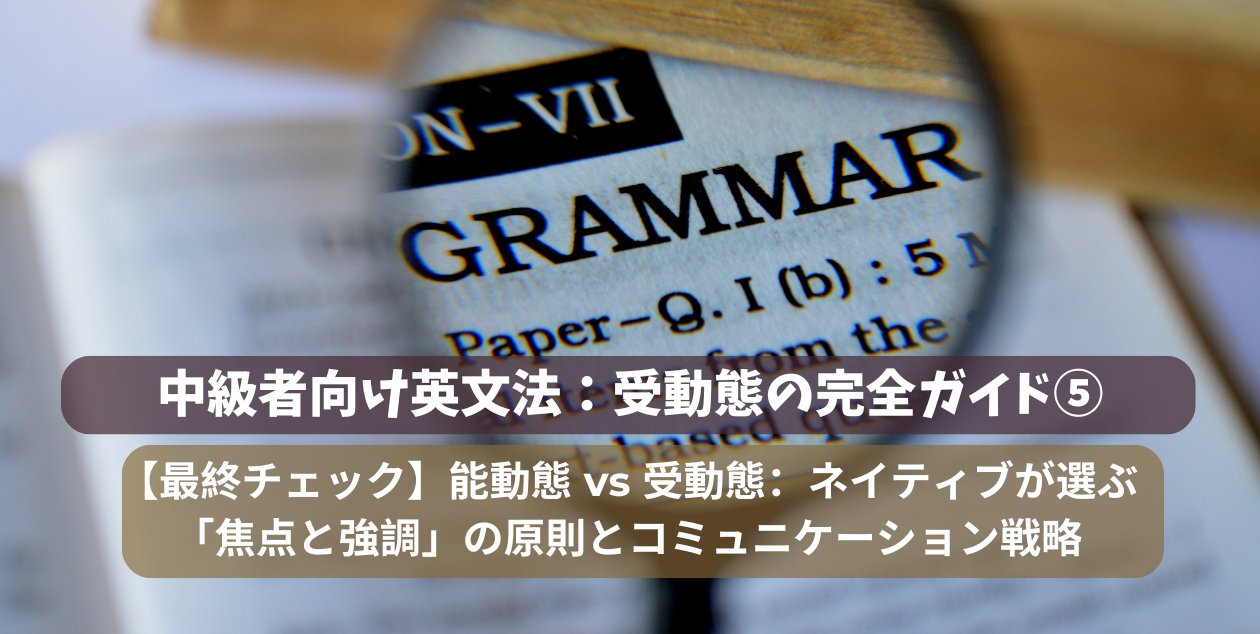Thinking about starting a career as an English teacher in Japan? Whether you are a first-time teacher or an experienced educator, finding a teaching job in Japan is an exciting and gratifying endeavor. Japan is one of the most popular places for English teachers in the world, thanks to its rich culture, high standard of living, and students eager to study English.
In this blog article, I’ll lead you through the steps to getting a teaching position in Japan, outline what you can anticipate in terms of work and lifestyle, and offer some advice on how to make the most of your experience. I’ll also discuss my book, How to Learn English Without Studying Abroad or Living Overseas, which provides practical guidance and insights for effectively teaching Japanese learners—particularly if you’re new to Japan’s distinctive educational environment.
How to Land a Teaching Job in Japan

If you’re ready to take the plunge and teach English in Japan, here’s how to get started:
English teaching opportunities in Japan are available in a range of contexts, including public schools, private language schools (known as eikaiwa), colleges, and even private tutoring. Depending on your experience, tastes, and credentials, you can select the perfect setting for you. Public schools typically provide opportunities through programs like as the JET Program, although private language schools generally recruit year-round. Each has its own application process and requirements, so it’s a good idea to explore which one best suits your needs.
Make sure your résumé (or CV) includes any relevant teaching experience, as well as any certifications such as TEFL, TESOL, or CELTA certification. While it is possible to find a teaching job in Japan without formal teaching experience, obtaining these qualifications can offer you an advantage and lead to more job prospects. Prepare to write a cover letter outlining why you want to teach English in Japan and what you can offer as an educator.
Japan offers particular visa categories for foreign workers, with the “Instructor” or “Specialist in Humanities/International Services” visa being the most popular among English teachers. The good news is that most respected colleges will sponsor your visa; however, be sure to confirm this during the application process. To apply for a work visa, you must have a university degree, so make sure you have your diploma handy.
Most schools do interviews via Skype or Zoom if you are not already in Japan. These interviews frequently contain questions about your teaching philosophy, experience working with students of various ages, and how you would approach specific classroom scenarios. Some schools may request that you do a short demo lesson, so be prepared to demonstrate your teaching abilities in action.
Salaries for English teachers in Japan vary, but most positions pay enough to live comfortably. Private language schools often give starting earnings of ¥250,000 to ¥300,000 per month, whereas public school employment may pay significantly less. Benefits frequently include flight reimbursement, housing help, and health insurance, which can make adjusting to life in Japan much easier.
Teaching in Japan is more than a career; it’s a cultural journey! Japan is renowned for its rich history, delectable cuisine, and modern conveniences. You’ll notice that the work culture here is different from what you might expect, with a strong emphasis on teamwork and respect. Furthermore, Japan is extremely safe, and many teachers report that even if they miss the last train, they feel safe walking home late at night. One teacher said, “It’s quite easy to live in Japan. It’s definitely different from the United States, but we have a lot more in common than I realized.
What to expect when teaching Japanese learners.

Why Understanding Japanese Learners is Key to Successful English Teaching in Japan
If you’re considering teaching English in Japan or are already in the classroom, one of the most important things you can do to become a more effective teacher is to understand the characteristics of Japanese students. Although it is rewarding to teach English in Japan, there are also challenges and complexities that are directly related to your students’ cultural and educational backgrounds. By understanding how Japanese students approach learning English, you’ll be better able to personalize your classes to their needs and help them succeed.
Here’s where my book, How to Learn English Without Studying or Living Abroad, comes in. It’s a practical handbook that will assist teachers like you—whether you’re just starting out or have been teaching for years—understand and negotiate the unique demands of Japanese students. In this piece, I’ll discuss why understanding your kids is critical and how my book may help you make a significant effect in the classroom.
Understanding Japanese Learners
Japanese students frequently come from a learning environment that focuses primarily on grammar, reading, and writing while leaving little room for speaking and listening practice. As a result, many students struggle with conversational English, despite having a strong foundation in grammar and vocabulary. They may feel self-conscious about making mistakes, making them afraid to speak out in class.
One instructor I’ve worked with stated, “I learned more from my students than I taught.” They were eager to learn yet frequently hesitant to talk. Once I grasped their reservations, I could encourage them to take risks and begin speaking English more confidently.”
As a teacher, your responsibility is not only to teach language skills, but also to help your pupils gain the confidence to apply what they’ve learned in real-life circumstances. Understanding the cultural and educational hurdles that Japanese students experience enables you to create a more helpful and engaging learning environment.
How Can My Book Help You?

How to Learn English Without Studying or Living Abroad is more than just another instructional resource. It is a resource that explicitly addresses the issues of teaching English to Japanese students, based on nearly 40 years of experience in the field. Whether you’re new to Japan or a seasoned teacher, this book provides insights and tactics that can significantly improve your teaching style.
Here’s how it can assist.
- 1. Tailored teaching strategies
-
My book offers practical suggestions for teaching grammar, listening, reading, writing, and, most importantly, speaking to Japanese students. You’ll discover how to structure your lectures in a way that speaks to them, bridging the gap between their academic knowledge and real-world communication abilities.
- 2. Understanding cultural influences.
-
Japanese students frequently experience cultural influences that place a strong emphasis on humility and precision, which can make them less willing to participate in class. The book delves further into how cultural elements influence their learning styles and how you, as a teacher, may use these characteristics to encourage more active engagement and conversation in the classroom.
- 3. Addressing Common Learning Challenges.
-
Many Japanese students have studied English for years but are still skeptical about their ability to speak fluently. My book provides tried-and-true approaches for overcoming this, such as ways to boost speaking confidence, increase listening skills, and promote a more dynamic learning environment. You’ll also learn how to handle frequent blunders without discouraging your students.
- 4. Proven Results from Decades of Experience.
-
After teaching thousands of English conversation educators in Japan, I’ve witnessed firsthand what works and what doesn’t in the Japanese learning environment. The book is jam-packed with field-tested strategies that you can use right now in your own sessions. It’s like having a plan for success, whether you’re teaching beginners or expert students.
Why This book is a must-have for English teachers in Japan.
Teaching English in Japan is a fantastic opportunity to not only teach your language but also connect with students who are eager to learn. However, in order to genuinely have a difference, you must go beyond the fundamentals of language training and grasp the unique obstacles your pupils experience.
This is where How to Learn English Without Studying or Living Abroad excels. This book provides you with the tools you need to meet your students where they are, assist them through their fears, and help them acquire the practical English skills they need in their personal and professional life.
According to one teacher, their kids’ eagerness to learn English made them feel like superstars in the classroom. But it wasn’t until I started applying strategies that matched their individual learning styles that I noticed a significant improvement.
With this handbook in hand, you’ll be better equipped to design courses that not only teach English but also motivate your students to interact with the language in novel and engaging ways.
Your Next Step

Understanding your students’ learning challenges is critical to your success, whether you are just starting out as a teacher or have been teaching in Japan for some time. How to Learn English Without Studying Abroad or Living Abroad provides the insights, tactics, and practical advice you need to connect with your students and help them succeed.
Don’t overlook this resource; it’s more than just a teaching guide. It’s a road map for being the finest English teacher possible for your Japanese pupils. Are you ready to take your teaching to the next level? Grab your copy now and begin improving your classroom experience!
Conclusion: Your journey begins here.

Teaching English in Japan is an amazing opportunity to learn about a new culture, interact with your students, and improve your teaching skills. You can confidently begin your career in English instruction in Japan by preparing your application papers, knowing the visa process, and remaining open to new opportunities.
And once you’re in the classroom, don’t forget to read How to Learn English Without Studying Abroad or Living Overseas—it’s full of methods to help you be the greatest teacher possible for your Japanese students.
Ready to take the first step? Begin your teaching experience in Japan today!











